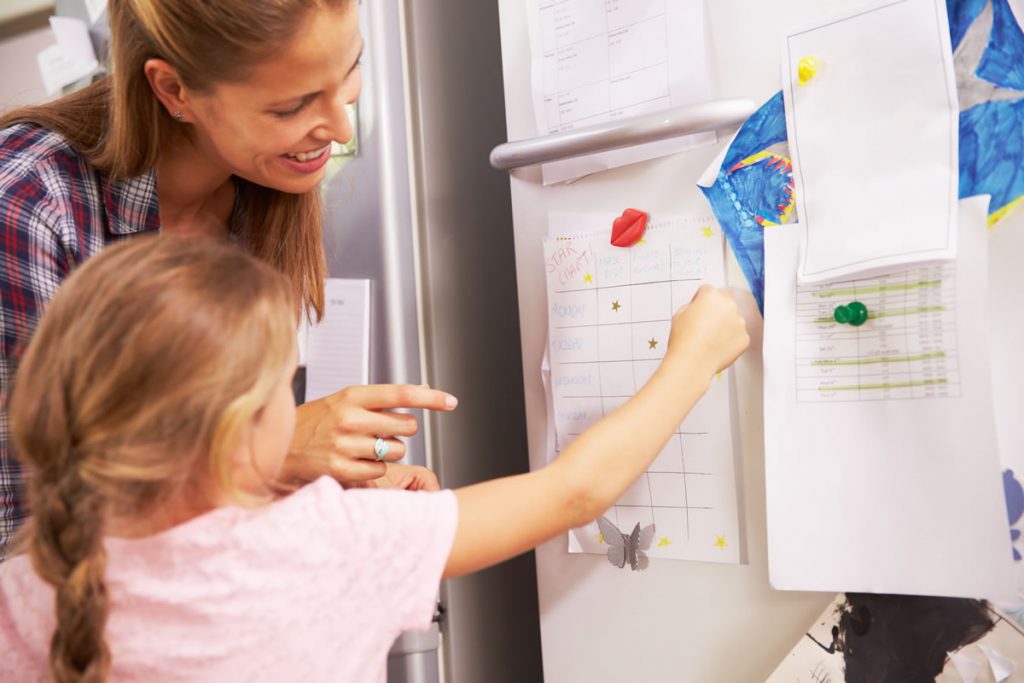Many times children do not behave as we expect, and it is normal for that to happen from time to time, but when that behavior becomes completely inappropriate or out of place, either at home or in class, it is time to apply certain strategies that can help you deal with the situation without losing your nerves . That is why in this article we want to present you a series of simple strategies that, well applied and with patience, can become very useful and stimulate the good behavior of the little ones. These are strategies primarily designed for young children, but whose operation could be adapted to older children as well.

Teaching strategies to encourage good behavior
- Class or house rules
Work with the children to develop a series of rules to carry out in class or at home. These rules, if complied with, will have associated a series of rewards that can be established, for example, at the end of the week. Every time rules are met, “emojis” or stars will be added as a counting system .
- The traffic light
Create a blackboard or board on which the children’s names can be written. Next to each name, create a pocket with cardboard, felt or whatever you have on hand, to store three cards: one red, one yellow and one green . Yellow will be a warning, green “you are doing it right” and red will be associated with some type of consequence (which should have been explained from the beginning) for bad behavior or constant non-compliance with the rules that have been established and agreed upon previously.
- The train ticket
Create some beautiful tickets, as if they were train tickets, and distribute them among the children. As long as these children show good behavior or comply with the rules (if any type has been created), the reviewer (father, mother, teacher, etc.) must punch the ticket and make some type of mark or hole. When the ticket no longer admits more brands, a prize will be received , which can be chosen from among several in a box.
- Dot game
Create a board or cardboard inspired by some type of video game, such as one of Mario Bross. You can create stars, mushrooms, boxes with question marks … Every time the children behave they will receive a point that must be reflected in the corner or squares of the cardboard or board , as if they were Mario himself and had advanced through the phase. After a certain number of points, you can choose to do some fun group activity.

- The jar of marbles
Find an old vase or mason jar and use it to store colored marbles or pompoms. Every time a child does something nice, they can take a marble or pompom and put it in the jar . When the jar is full, you can make something fun around the house or in class or exchange it for some goodies.
- Positive wooden sticks
Find wooden sticks, the kind of crafts, and write beautiful phrases on them and paint them in colors. For example: you are an excellent helper, you have made a great effort, you have behaved very well … Each time these behaviors are given you will deliver a stick. Received a certain amount of sticks at the end of the week, they can be exchanged for an ice cream.
Using a reward or points system is a great way to motivate children to develop good habits and avoid bad behavior . Finding the right reward to motivate a child is another important part of implementing a reward program for it to be successful. That is, the reward must be significant enough to motivate, but without being something disproportionate, it is about looking for simple things. For example, things like spending time with family can be a great reward, without the need to resort to purely material things.
We must bear in mind that rewards should be associated with a reward for good behavior , but never as a “bribe” to stop bad behavior or force good behavior. This is very important for everything to work!











































































































